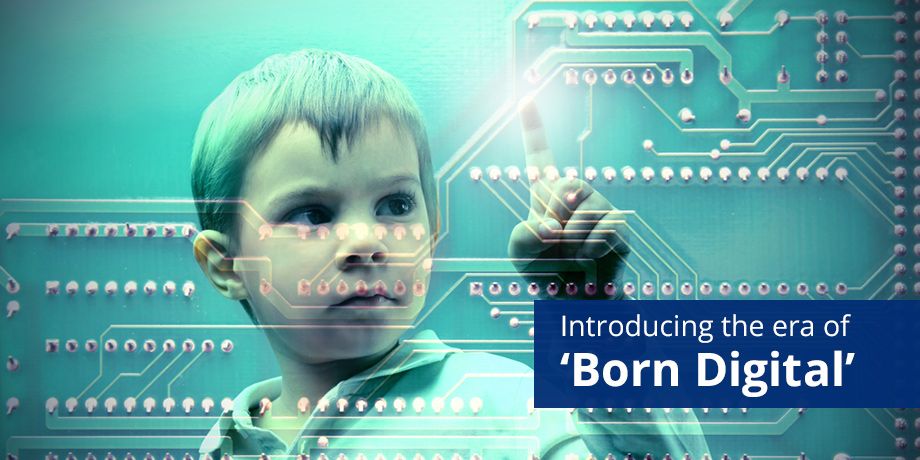
Everything around us seems to becoming ‘smart’ or ‘connected’ with more and more objects being embedded with electronics, software, sensors, actuators and network connectivity, enabling them to collect and exchange data – known as the Internet Of Things.
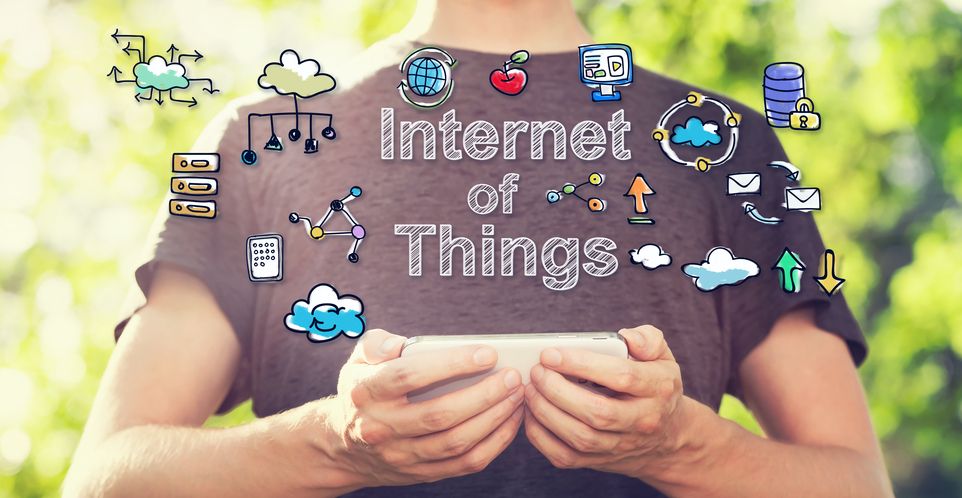
Internet of Things (IoT) creates an intersection of gathering data and leveraging it. In its simplest form IoT is:
- Connection or embedding of sensors
- Sensors that gather and transfer data
IoT is becoming more integrated from the point of device manufacture rather than being an add on, after the fact.
IoT is changing from being a gimmick to adding real value for business and society. The use cases are also maturing to become more practical, which can be seen in the examples I have mentioned below…
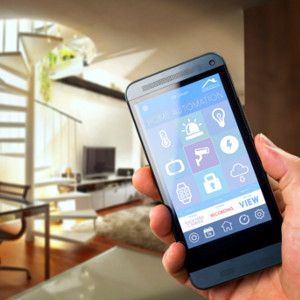 | Home AutomationIt is no longer just about remotely controlling all your devices. Now, your fridge automatically re-orders groceries from FreshDirect or Amazon Fresh. |
 | CarsIt is not just smartphone features being made available on the dashboard anymore. Apps installed into the vehicle itself can perform vehicle functions remotely, such as closing the sunroof. |
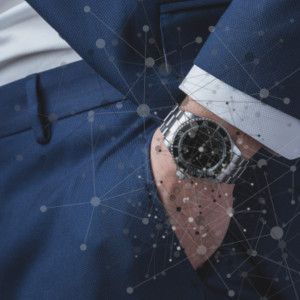 | ClothingTaking wearables one step further, Jacquard allows wearers to control their mobile experience and connect to a variety of services, such as music or maps, directly from a jacket. This is especially useful when it might be difficult to use the smartphone, like when you are riding on your bike. |
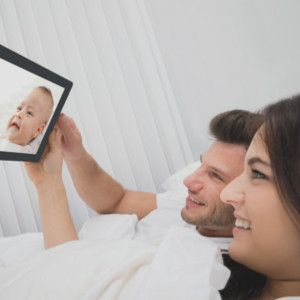 | Baby MonitoringBaby clothing like Exmobaby and Mimo , contain sensors that monitor temperature, breathing, movement and include a special ECG monitor. |
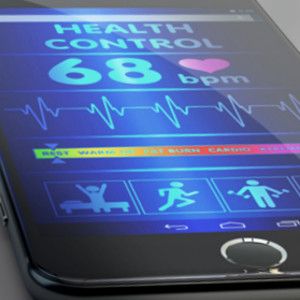 | Medical conditionsPatient monitors are taking on a new form factor, such as wearable shirts, straps, or patches, which send feedback to an app. The Zephyr ShoePod is a thin smart fabric shoe insole that measures temperatures, coupled with a wireless data transmitter and recorder, which provide an early warning of foot ulceration. |
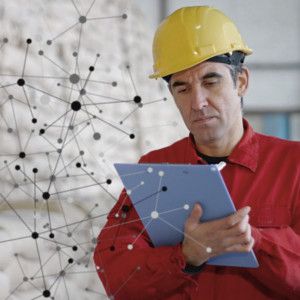 | Smart cementCement equipped with sensors to monitor stresses, cracks, and warpages and send alerts to fix problems before they cause a catastrophe. |
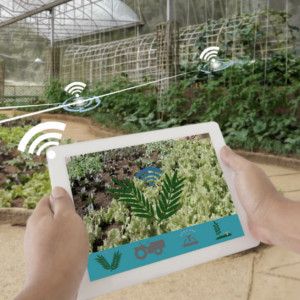 | Smart farmingFarmers can easily track a variety of environmental variables and take informed decisions. This helps them be more precise in their use of pesticides and fertilizers, thus mitigating some environmental impacts. |
It is easy to see the benefits of these devices: convenience, personalization, efficiencies and even sometimes life saving, but before you dive in, there are a few things to consider:
- Security – We’ve all seen the movies where there is a rogue device that takes over the world. Understanding the vulnerabilities and how serious of a threat they pose is going to become a huge focus for the industry.
- Privacy – It is a balancing act between managing enough data to provide a valuable consumer experience through personalization and maintaining a firm grip on privacy.
- Usability – Finding your phone, opening an app to turn a lightbulb on or off is pretty much the opposite of convenient. It would be better to have smart lights with built-in ambient light, motion and occupancy sensors — enabling them to respond dynamically to their environment without the need for constant app-based interaction.
The evolution of digital lifestyle means that many more products will be Born Digital in the future. So, perhaps it’s time to start thinking how you can take advantage of this in your home and business.















